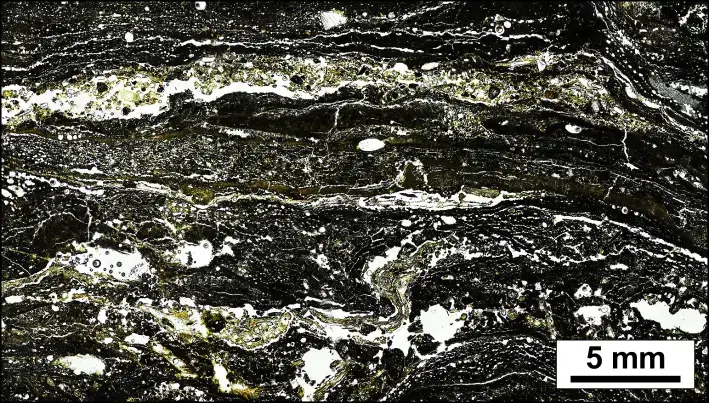Sabrina Imbler, animal-features writer for one of our favorite sites, Defector, recently wrote an article about fossilized poop that we just had to write about ourselves. What could be more Poopable than fossilized dinosaur turds?
Well, Imbler is back at it again, this time talking about a 2,200-year-old Andean Condor nest featured in the journal Proceedings of Royal Society B.
It makes sense that Imbler would publish an article about an ancient Condor nest – they are, after all, in charge of finding interesting and engaging stories centered around the animal kingdom.
But why would this story be Poopable? Because the nest…is made from years and years of accumulated poop.

photo credit – L. Sympson
Imbler’s post, A 2,200 Year-Old Poop Donut In Which We Can Raise Our Hatchlings, is funny, engaging, and educational. And most importantly…it’s very Poopable.
This secluded nest is hard to reach without wings – to study it, researchers had to travel to a cliff and get creative. Matthew Duda, the writer of the paper describing the poo nest, says, “You have to climb over the edge of the cliff and then … rappel down 10 feet and … swing into where the nest actually is.”
Looking at the above picture of the nest, you might assume that it’s just a stone with a hole in the middle. But when you look at what the stone is made of, you’ll discover several millennia worth of various materials, but mostly Condor feces.

The Andean Condor is a large scavenging raptor – think of a vulture, but with a 10-foot wingspan. They don’t build their nests, but instead find safe, secluded areas to reside. Overtime, nests might slowly build up with a mix of leftover prey, feathers, and, yes, poop, but these materials are often swept away by the wind, making these nests rare to find.
But when researchers found this nest, they decided to look at the materials, and were shocked to find that not only was this nest made primarily of old feces, it was poop with a rich history, dating back over 2,200 years.
By analyzing the poop, we can learn the fascinating story behind this nest that has housed countless generations of hatchlings. We know that due to volcanic activity it spent hundreds of years unoccupied. We know that when the area in South America where the Condors reside was colonized, their diet changed from local animals to European livestock.
You can learn a lot from old poop!

A microscopic image of the poo nest. Photo credit – Matthew Duda
The poop donut itself is described by Duda in fair detail. Apparently, it doesn’t smell “as bad as you could imagine it being” since it’s had thousands of years to dry out, leaving it dense, chalky, but also delicate. When it was touched, portions of it easily crumbled.
Now that smelled pretty bad. But Duda said it didn’t smell like poop. In his words, “It smelled poop-like, but not. It smells more like something that has gone sour.”
We love any chance to combine nature, history, and poop, so if you know of any interesting animal poop facts, drop us a line!
